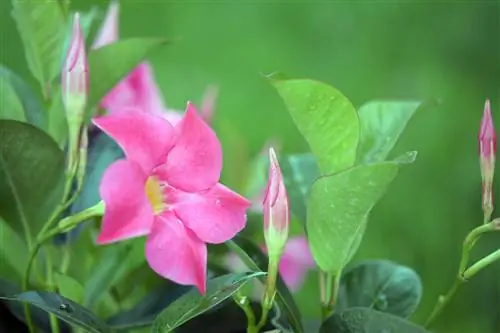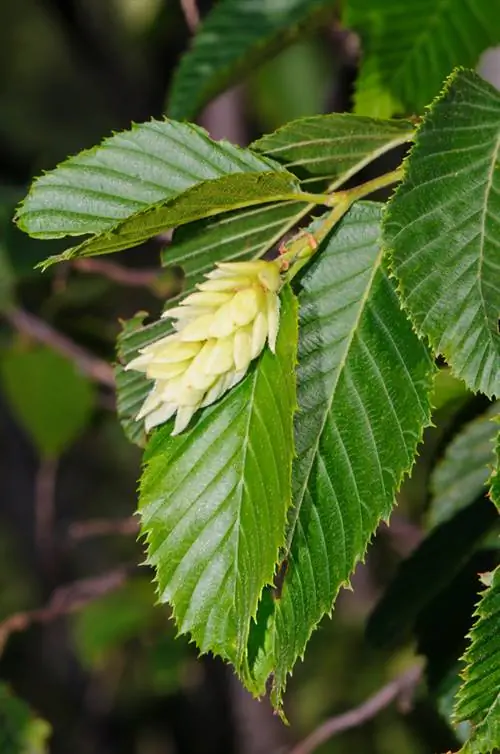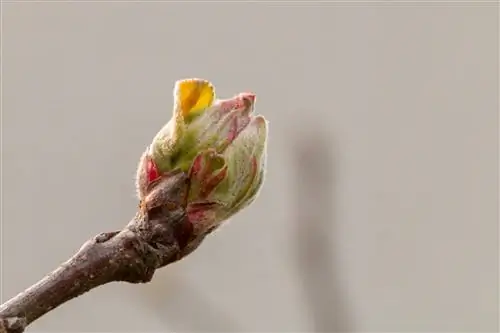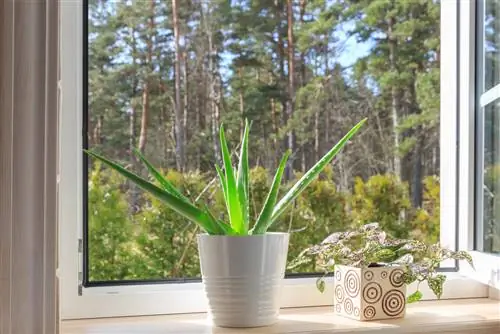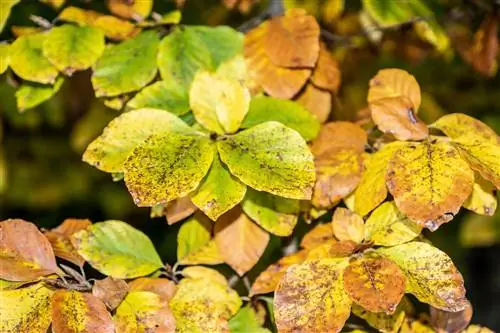- Author admin [email protected].
- Public 2023-12-16 16:46.
- Last modified 2025-01-23 11:22.
In the beginning, the growth of Dipladenia was very satisfactory. But then the buds dried up and fell off shortly afterwards. A bad sign. What's behind it and can Dipladenia still be helped?
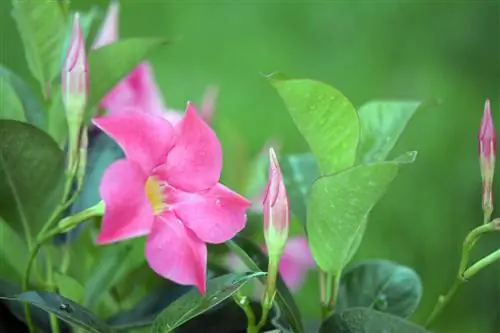
Why does Dipladenia lose its buds?
The Dipladenia can lose its buds by achange of location(e.g. for overwintering),droughtness,waterloggingornutrient deficiency lose. More rarely, pests or rain are the cause behind dropped buds. The shedding of buds is often accompanied by shedding of leaves.
Can overwintering cause Dipladenia bud loss?
Notthe wintering itself,butthechange of location from outside to inside can lead to this that the Dipladenia loses its buds. The lighting conditions in the room are poorer, which weakens the Dipladenia and allows it to drop buds. The change takes a few days, but then the plant recovers. Make sure that the winter quarters are neither too cold nor too warm.
How does a nutrient deficiency affect Dipladenia?
A lack of nutrients can be the cause ofdropping of buds of Dipladenia. If this is the reason for the actual dropping of buds, the plant should be fertilized to compensate for the lack of nutrients. She is given some fertilizer every one to two weeks. Use a suitable flowering fertilizer. It is also recommended to repot the Mandevilla in fresh soil every two years.
How does watering affect Dipladenia and its buds?
Too much irrigation water can cause waterlogging and thusrottingof therootsand thesheddingthebuds lead. The Dipladenia will then not bloom. Additionally, their leaves turn yellow and fall off. On the other hand, a very dry substrate can also lead to bud drop. It is important that the root ball does not dry out.
Can rain cause Dipladenia bud loss?
Raincan cause the dipladenia buds to fall off. Since this tropical climbing plant does not tolerate rain, but is originally protected by the tree canopy, it reacts sensitively and sometimes in the form of falling buds.
Which location harms the Dipladenia and its buds?
Alocation that is too shady damages the Mandevilla and it sheds all or part of its buds. It needs a sunny, warm location. As a tropical plant, it can easily tolerate full midday sun.
Which pests cause Dipladenia bud loss?
Pests such asAphidsandSpider mites can suck on the buds and cause bud loss. Therefore, check the Dipladenia for pests when the buds fall off.
Tip
Cut back Dipladenia and encourage new growth
If the Dipladenia has already lost buds, you should cut it back to stimulate the formation of new buds.

